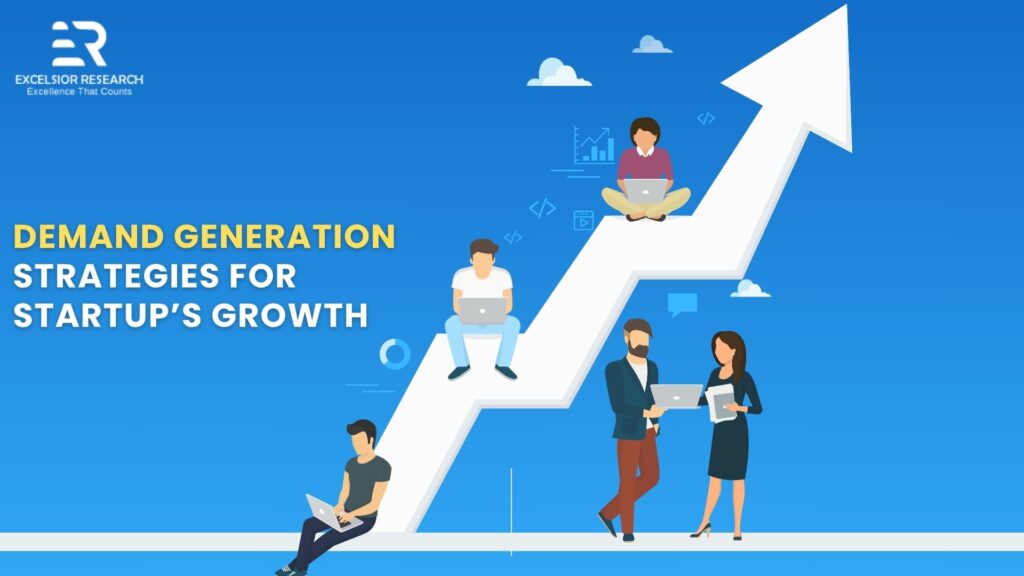
Growth Hacking: The cost-effective digital marketing tactics

Growth hacking is experimenting with different advertising and marketing strategies to discover how a product may be offered fast and how business can cross in a short time. Growth hackers test specific plans, see what works out , and for that reason change their approach.
Much like how a computer hacker looks for and finds security vulnerabilities, a growth hacker is an expert who identifies and explores and identifies approaches to noticeably enhance a company’s performance quickly.
How is it cost-effective?
Growth Hacking is a cost-effective tactic because the success achieved does not co-relate to the money spent but is a direct effect of creativity and virality.
The growth hacking mindset suggests that even if numerous individuals attempt it, each individual will employ distinct and innovative methods, as growth hacking is inherently creative.
Growth Hacking Practices:
Launching a business can be both exciting and challenging. You’ve got a fantastic idea, a well-thought-out business plan, and a team ready to get things going.
But the question is, how do you make your startup stand out in the cut-throat competition? How can you increase your customers and make more money without spending too much? This is where growth hacking comes into play.
Growth Hacking is used by startups to achieve success in a short span of time. As a mindset, growth hacking doesn’t adhere to strict rules, but it does involve incorporating best practices to enhance outcomes:
- The ultimate goal is quick growth.
- Study various companies, especially those from different sectors, and get insights from their strategies.
- Continuously experiment with fresh ideas.
- Seek cost-effective techniques with the potential for substantial returns.
- Keep measuring results.
Growth Hacking in B2B Business:
In growth hacking, B2B companies have different challenges compared to B2C companies. B2B products and services usually take longer to sell because many people have a say in the decision. This makes B2B growth hacking strategies consider everyone involved in the sales process and use specific messages for each person.
In the realm of B2B growth hacking, another difficult task is establishing trust and credibility with potential customers. Since B2B transactions typically involve large amounts or lengthy commitments, decision-makers need assurance that they are making a sound choice.
This underscores the importance of B2B growth hacking strategies that prioritize delivering value to potential customers and showcasing the company’s expertise and reliability. Building trust becomes a cornerstone for success in the B2B growth hacking landscape.
Although growth hacking is commonly linked with startups and B2C enterprises, it can prove to be a successful strategy for B2B businesses as well. Here are some examples:
1. Cost-Effective:
Numerous growth hacking approaches are budget-friendly or even cost nothing, which makes them well-suited for businesses operating on a tight marketing budget. Content marketing and social media marketing, for instance, can serve as effective methods to connect with a broad audience without overspending.
2. Target Marketing:
Growth hacking can assist B2B businesses in reaching their desired audience better by using data-driven plans to find the best ways to connect. This can lead to better returns on investment (ROI) and bring in more focused leads.
3. Testing and Experiments:
Growth hacking urges businesses to try out fresh ideas and rapidly test them to figure out what is successful and what isn’t. For B2B enterprises, this experimentation can uncover innovative methods to gain and keep customers, boost revenue, and enhance their overall marketing approach.
4. It is Scalable:
A major advantage of growth hacking lies in its scalability, allowing businesses to sustain continuous growth and broaden their customer base over time. Through constant testing and fine-tuning of marketing strategies, B2B enterprises can discover fresh approaches to fuel expansion and maintain a competitive edge in the market.
Content Marketing in B2B:
Effective use of content marketing can significantly boost B2B growth by crafting and sharing valuable, pertinent, and compelling content that captures and retains a well-defined audience. Through a robust content marketing strategy, you can enhance brand recognition, position your business as a leading authority in your sector, and ultimately generate leads and sales.
In B2B, content marketing is an integral part of digital marketing and is helpful to a great extent because it helps create trust and credibility with possible customers. When you offer educational and helpful content that talks about the problems your audience is dealing with, it makes your business a reliable guide and go-to place for solving those issues.
To use content marketing for B2B growth hacking, you need a plan that matches your business goals and who you’re trying to reach. This could mean making a content calendar that shows the kinds of content you’ll make, the places you’ll share it, and the measurements you’ll use to see how well it’s doing.
Effective Growth Hacking Strategy in Digital Marketing:
Digital marketing is the preferred approach of almost every business today. Especially the newcomers or startups need to have innovative and result oriented strategies to sustain in the market. Growth hacking is a tactic similar to lean methodology which focuses on continuous improvement (CI). The only addition in growth marketing has only one aim, and that is quick success and profit making.
Let us see some effective strategies used in growth hacking:
1. Building a Community:
Building a community is a great and inexpensive way to make your business grow. If you make use of a community to assist in developing your product, it becomes easier to design a product that people want. It is a good idea to create loyal supporters who will help you spread the word on social media.
2. Use channels not used by Competitors:
You can gain a competitive edge by exploring the untapped marketing channels of your competitors. For Example your industry overlooks YouTube as a marketing platform. By concentrating on YouTube, you might find it easier to connect with your target audience.
3. Optimizing online presence:
Optimizing your online presence is aligning your company’s goals or targets with your sales strategies. Boosting the speed and user-friendliness of your website simplifies the conversion of visitors into customers.
4. Offer rewards for buying specific actions:
Take the example of Dropbox: buying action for them was when users shared information about Dropbox with others. Recognizing this event as a key growth driver, Dropbox shaped their strategy around it, resulting in a significant increase in signups.
5. Email Marketing:
Sending emails is a personalized way to reach, connect, and keep people interested in your business. You can build excitement about your products or services even before they are available by sending appealing emails to the people you want to reach.
6. Effective use of customer feedback:
To make people really like what you offer, understand what they like, and you’ll receive lots of praise for your products or services. The best way to know how good your product is, is by getting reviews from actual users.
You can organize events, online contests, use Google forms, or surveys to hear what your customers think about your services. This information will help you come up with new plans to get and keep more users.
Conclusion:
Growth hacking isn’t just about using digital marketing tools; it’s more of a mindset. However, many digital marketing tools can be used creatively and inexpensively with the growth hacking mindset.
Growth hacking serves as a tool for achieving rapid and substantial growth without requiring a hefty budget. It proves that creative solutions to the common challenges faced by new businesses can lead to remarkable outcomes. It’s not only about creating a perfect product; it’s also about reaching the right audience.
FAQ's
Growth hacking involves employing digital marketing strategies that are cost-effective and use lesser resources.
Growth Hacking uses digital marketing strategies in an innovative way to achieve success faster.
A specific degree is always advantageous; however, if you are creative and innovative enough to plan profitable business strategies then you can be a growth hacker.
Growth hacking is focused on achieving success in quick time, studying competitors will help you to understand what they do and what different you can do.
Startups and tech-oriented businesses frequently prioritize quick expansion and gaining customers swiftly. To meet their growth objectives with limited resources, they rely on the skills of growth hacking to discover inventive strategies and tactics.
Lorem ipsum dolor sit amet, consectetur adipiscing elit. Ut elit tellus, luctus nec ullamcorper mattis, pulvinar dapibus leo.
Don't forget to share this post
Our Recommendation





